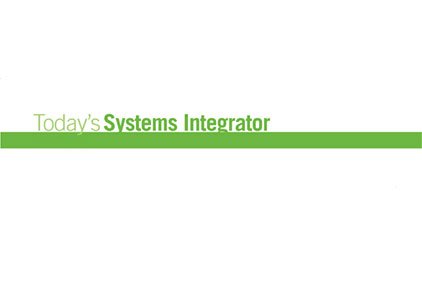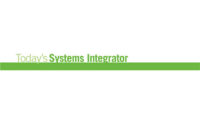In my last article “Less Is More,” I shared some insight about the importance of analyzing your clients, and how more clients don’t necessarily mean higher margins or more of the right type of revenue. Through some examples and evaluation criteria, I made the claim that by classifying your clients into A, B, C and F, you can identify the right clients that are key to growing your business — and the ones that you should separate yourself from. Sellers and presale engineers have limited time and the cost of chasing bad business confines them from growing their existing accounts or developing new ones. The fact is, most sellers have too many accounts and don’t know how to say “no.”
Just classifying clients and moving away from the F’s isn’t good enough. You also need to focus on moving the C clients to B, the B to A and the A to A+. This requires strategic focus and solid account planning. I don’t know about you, but I will say the majority of solution providers I talk to say their sales team isn’t investing significant time on this today. The bulk of sales people I know say they don’t have time; they have a quota, a monthly number they need to hit and mouths to feed.
My brother Jim is a very successful sales executive. Although his holiday gift to me could be a premium brand like his clients get instead of the generic bottle, I still respect him. He tells me in the past it was who you knew, how close you were to them personally and if both parties genuinely cared about each other’s success. Now he says it is a far more complex world: the buyers are different, there are new substitute products, there are different types of consumption models and there are new entrants (competitors) into the market. But above all, he said, “Paul, the requirements for a salesperson to talk about business value to executives and be able to map solutions to outcomes is the key to the selling process.” He suggested I pick up the book "The Challenger," which I did, and thought it was a great read.
For this reason, proactive account planning is not a nice-to-have but a need-to-have. It starts with collecting in-depth facts about the client’s business, industry, business making priorities and decision making process. Other key information to be collected and incorporated in the planning process is found in the below list of questions:
- What is the primary market/industry in which the client competes?
- What is the client’s competitive advantage in their market?
- What are the top strategic goals/objectives for the CEO and business?
- What are the client’s relevant initiatives and business applications?
- What is the client’s risk and governance process?
- Are there trends on the horizon that need to be planned for?
- Who are the influencers and stakeholders across the organization?
- What is the level of relationships outside the point of contact?
- Do our products/services fit the client’s needs?
- Do our team members align with the client’s team members on all levels?
- Can we clearly differentiate ourselves from the competition?
- How can we help our contact sell the solution to the client’s lines of business?
- Have we solved a problem like the client’s before and do we have evidence that we can share?
- Can we monetize our solution and present it in a way that speaks to the client’s business goals?
- Does the client fit the client profile, and if not, are they worth the investment?
My recommendation is to start small; formally educate your sales and technical leaders. Pick one key account with each seller to focus on. Planning is a team activity (sales, technical, services, extended team, clients, etc.), ultimately owned by sales with regular reviews and brainstorming – supported and sponsored by management. The exact format of plans is not critical. Collaboration is critical, and will yield the best return. Be sure to document your findings, create a formal action plan with ownership and metrics for measurement.









